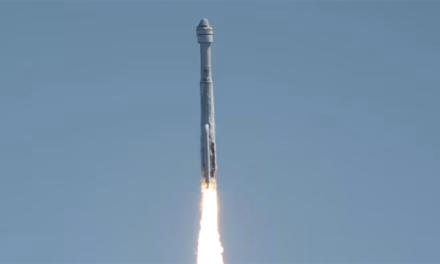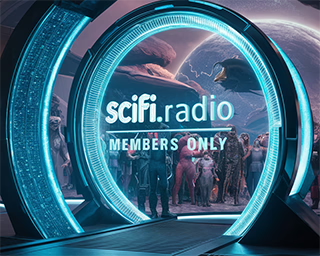A nearby, young, star-forming region called NGC 3324 in the Carina Nebula. roughly 7,600 light-years away.

A new era in astronomy began as the world gets its first look at the full capabilities of NASA’s James Webb Space Telescope – the first images. It’s a million miles from Earth and ready to deliver fresh science on stars, planets, and galaxies near and far.

The JWST specializes in infrared light, revealing millions of stars and key details in planets and clouds that are impossible to see from Earth’s surface.


Many of these images are composites of 1K smaller images that NASA AI can seamlessly join in a mosaic. The colors are chosen to make details pop, the light JWST sees is everywhere, but invisible to human eyes.

Startling new insights could stream in quickly as research begins on every scale in our universe. From nearby to almost 14 billion light years distant. The first images are historic, and just the beginning.



Some folks are already making funny memes – a different kind of discovery!
-30-
![]()
David Raiklen wrote, directed and scored his first film at age 9. He began studying keyboard and composing at age 5. He attended, then taught at UCLA, USC and CalArts. Among his teachers are John Williams and Mel Powel.
He has worked for Fox, Disney and Sprint. David has received numerous awards for his work, including the 2004 American Music Center Award. Dr. Raiklen has composed music and sound design for theater (Death and the Maiden), dance (Russian Ballet), television (Sing Me a Story), cell phone (Spacey Movie), museums (Museum of Tolerance), concert (Violin Sonata ), and film (Appalachian Trail).
His compositions have been performed at the Hollywood Bowl and the first Disney Hall. David Raiken is also host of a successful radio program, Classical Fan Club.











